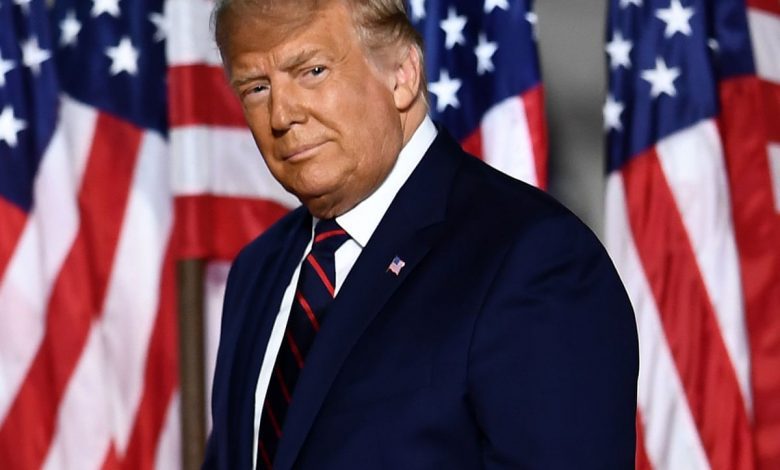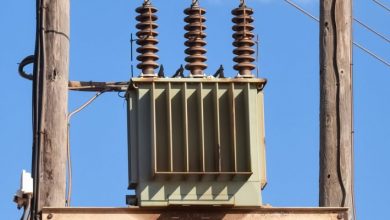Integrity of US presidential polls to be put to test

The integrity of the United States presidential elections will be put to test when the country goes for polls in November with suggests that the outcome could be challenged if one of the front runners does not get elected.
President Donald Trump has already made comments he may not accept the outcome of the election if he is not re-elected, sentiments that come in the context of a looming fraud regarding ballots.
Responding to questions raised by CITE in the virtual US elections reporting tour for global journalists on the effect of these rigging allegations, Professor of Communication at the University of Missouri, Mitchell McKinney, said much of the fears of election rigging in the upcoming vote was driven by President Trump and his campaign.
“The Democrats point out this matter is about making sure all have the opportunity to vote (and, of course, Republicans claim they are fearful of voter fraud). Of course, following the interference in our elections four years about by ‘outsiders’ (mostly Russian interference), we also continue to have fears that outside interference will attempt to affect the outcome of the election (and much of this fear by some is that outside influence will once again attempt to assist Donald Trump),” he said.
Prof McKinney said if the US election ends up not as close as some may think and the eventual winner is determined by a wide or a modest margin, then the integrity of the vote will not be much of an issue.
“If, however, the outcome of the election is close, then many questions will likely be raised about voting practices and the election outcome may be challenged,” said the political analyst.
“This question, and especially whether or not President Trump will accept the outcome of the election, especially if he is not re-elected, and will he commit to a smooth transition of power, has been raised and has been raised as a point of discussion in the debates.”
At the first presidential debate, President Trump called the electoral process ‘fraudulent’, adding that mail-in ballots were unreliable and that he would not ‘accept it’ if he saw ‘ballots being manipulated.’
He also encouraged his supporters to monitor Election Day polling places for instances of fraud.
“I am encouraging my supporters to go into the polls and watch very carefully, because that’s what has to happen – I am urging them to do it,” President Trump said.
On the other hand, Democratic challenger, Joe Biden said he would accept whatever the American people chose and however they voted.
Meanwhile, Elections Integrity Fellow at the Alliance for Securing Democracy, David Levine, confirmed that ‘foreign adversaries’ were trying to interfere in the US’ presidential election.
“The answer is clear, yes. All right? On September 10th, Microsoft reported that it was seeing increasing cyber-attacks originating in Russia, China, and Iran targeting its customers, including attacks against political groups and the presidential campaigns of President Trump and former Vice President, Joe Biden,” he said in a briefing on election security.
“And in a blog post, Microsoft detailed efforts by three major foreign hacking groups to target the campaigns along with other political organisations, individuals, and think tanks, including the one I worked for, the German Marshall fund of the United States of which Alliance for Securing Democracy is part.”
The Central Intelligence Agency (CIA)also found that Russia did attempt to interfere in the 2016 election and recent warnings from Director of the National Counterintelligence and Security Center, William Evanina, that Russia, China and Iran are all seeking to influence November’s vote.
Levine noted although the targets of these attacks were not election officials, Microsoft warned the attacks were concerning for the whole ecosystem and made it clear that foreign activity groups were stepping up their efforts to target the 2020 election.
“A sentiment consistent with US Department of Homeland Security Communications on election security threats, including its recently published Homeland Threat Assessments. The warning from Microsoft is a reminder that our election systems must be resilient against unforeseen problems that are likely to arise during the 2020 presidential election,” he said.
The administration of elections in the US are highly decentralised unlike many other countries, where Levine said they are primarily administered by thousands of state and local systems rather than a single unified national system.
“Within each state, responsibility for manning or managing, excuse me, planning and conducting elections is largely a local process with over 8,000 local election jurisdictions nationwide. Some States have mandated election administration guidelines and procedures for the count of elections.
“Whereas other States have guidelines that give generally local jurisdictions considerable autonomy and discretion in the way they administer elections. The result is that elections can be administered differently across States and local jurisdictions,” the elections analyst.
Levine added there are still some opportunities for States to make their systems even more robust between now and November.
“And since the 2020 presidential election, including the last few months, there’s been substantial progress made to implement the kind of backup and security features that should allow all voters to cast ballots that will be counted even in the event of a successful cyber-attack or other unforeseen system failure,” he said.
The election process in the US is composed primarily of pre-election, election, and post-election activities.
Pre-election activities include providing opportunities for eligible individuals to register to vote, recruiting and training workers who assist voters with regards to their ability to vote, and of course, testing voting equipment.
Election day activities include closing and opening polling places, checking in voters and verifying that they are eligible to vote when they come to vote, and providing opportunities for voters to cast and mark their ballots.
Post-election activities include securing the voting equipment and the ballots once the polls have closed, publishing unofficial results on election night, certifying the official election results, and performing recounts if required.






